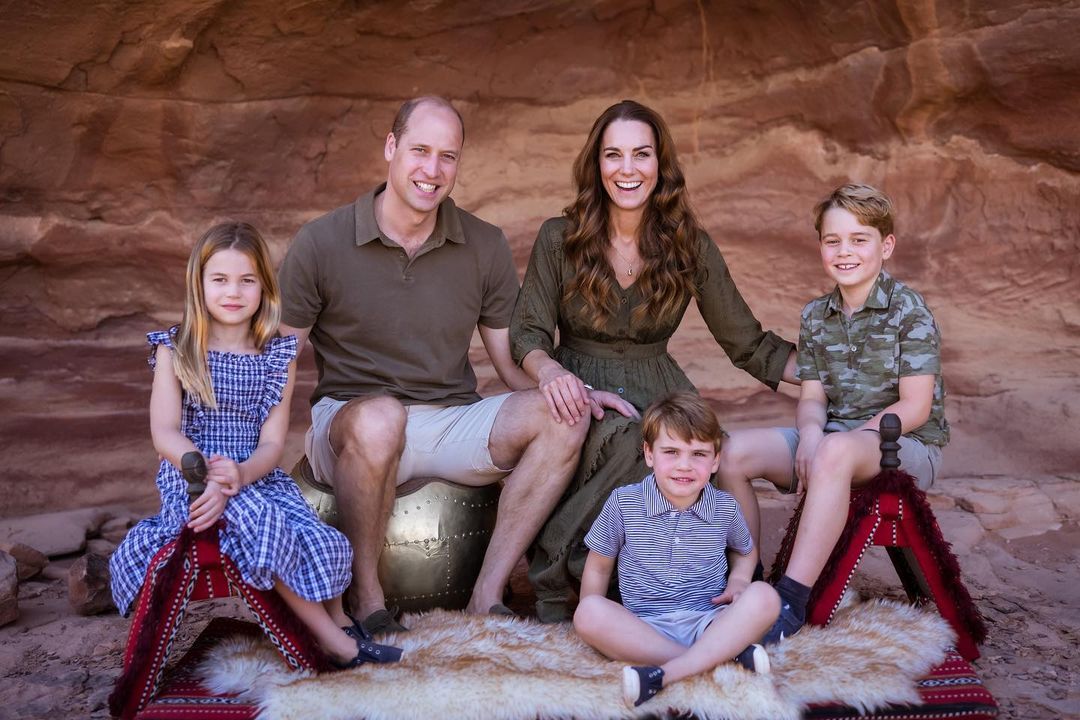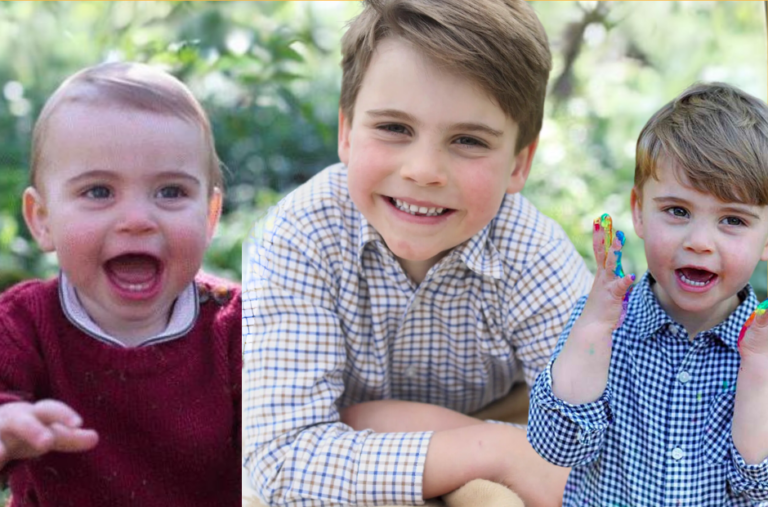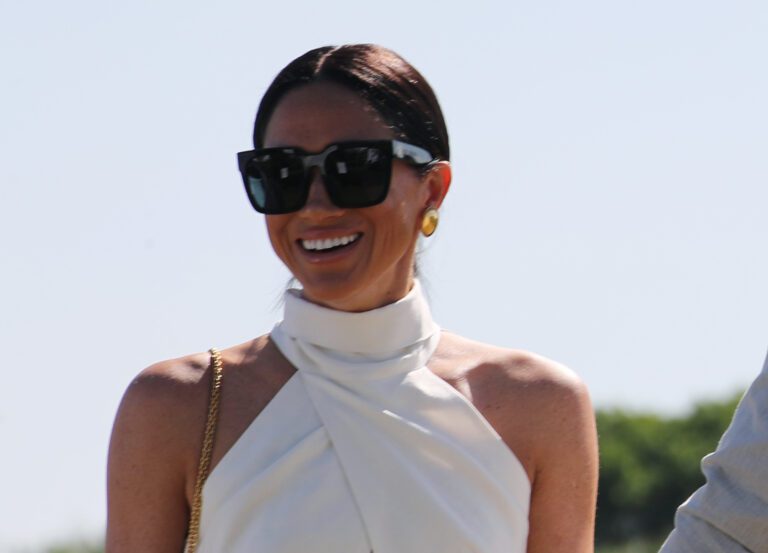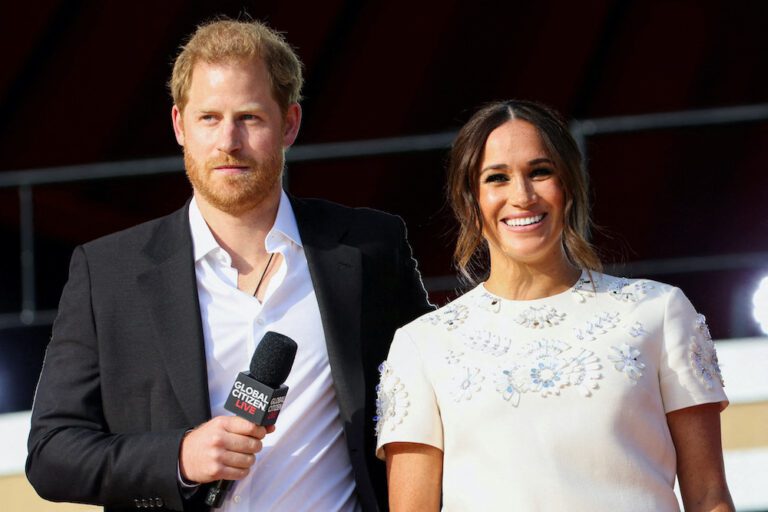When Queen Elizabeth II was crowned the ruling monarch in 1953, the royal line of succession still discriminated against the female heirs.
It wasn’t until recently, in 2013, that a new act ended the rule that male heirs came before female ones. This meant Princess Charlotte could retain her place as 4th in line, despite the birth of her younger brother Louis.
The Act also did away with the previous rule that an heir could not inherit the throne if they were married to a Roman Catholic.
Modern Monarch
The Duke and Duchess of Sussex have declared it is their children’s “birthright” to be called prince and princess.
A spokesperson for the couple, who quit royal duties in 2020 as part of their ‘Megxit’ deal for a new life in America, said: “The children’s titles have been a birthright since their grandfather became Monarch.
“This matter has been settled for some time in alignment with Buckingham Palace.”
King Charles is understood to have told Harry that his children would be allowed to be called prince and princess in a “private conversation” after the Queen’s funeral last year.
The move is being seen as an “olive branch” to the couple amid the rift between them and the royal family following the couple’s accusation it was racist and the publication of Harry’s tell-all ‘Spare’ memoir.
A source told the Daily Mirror: “The appropriate conversations took place ahead of Lilibet’s christening.”
Harry and Meghan are said to want to give Archie and Lilibet the chance to decide for themselves whether to drop or keep using the royal titles when they get old enough to make their decision.
The kids became prince and princess when Charles acceded to the throne, but have remained “master” and “miss” on the Buckingham Palace website for the past six months since the death of Queen Elizabeth aged 96 in September.
When Archie was born in May 2019, he was seventh in line to the throne. At that point, he was too far down the line of succession. Even though he was a great-grandchild of the monarch, he was not a first-born son of a future king, so was not automatically a prince.
The British line of succession is as follows:
1. The Prince of Wales
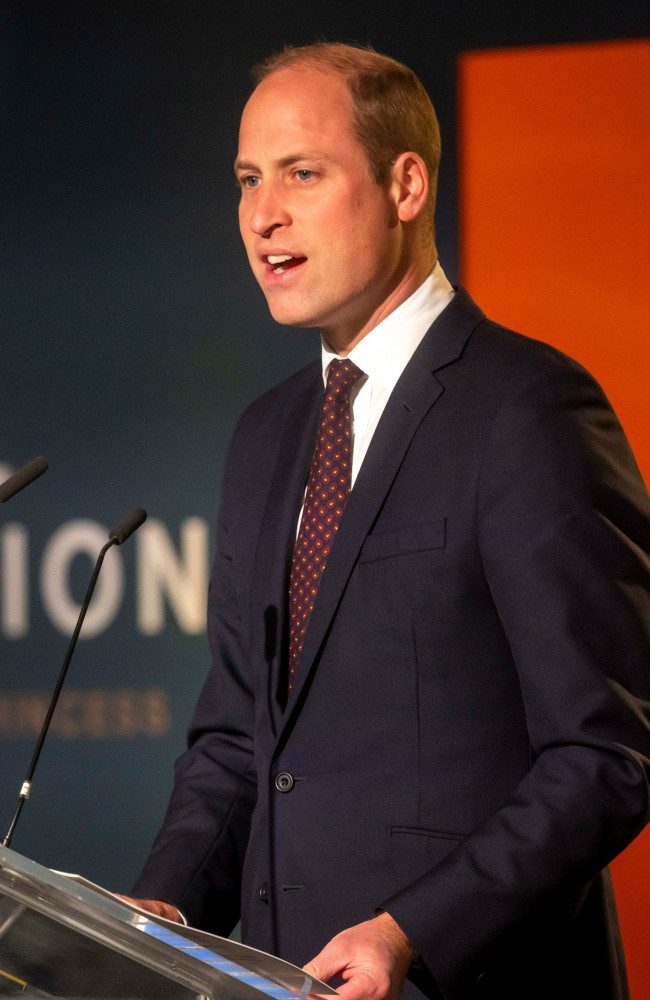
2. Prince George
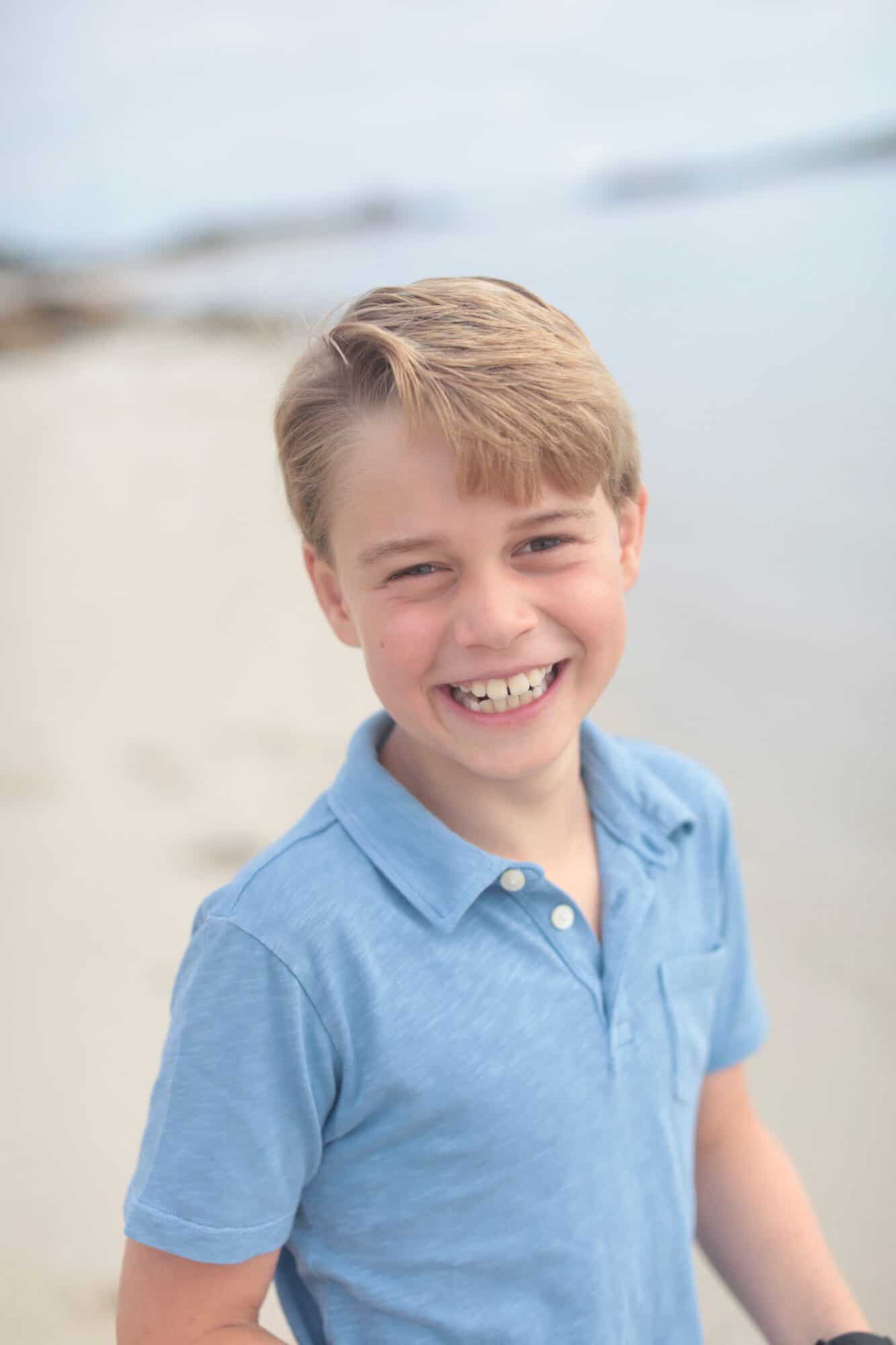
3. Princess Charlotte
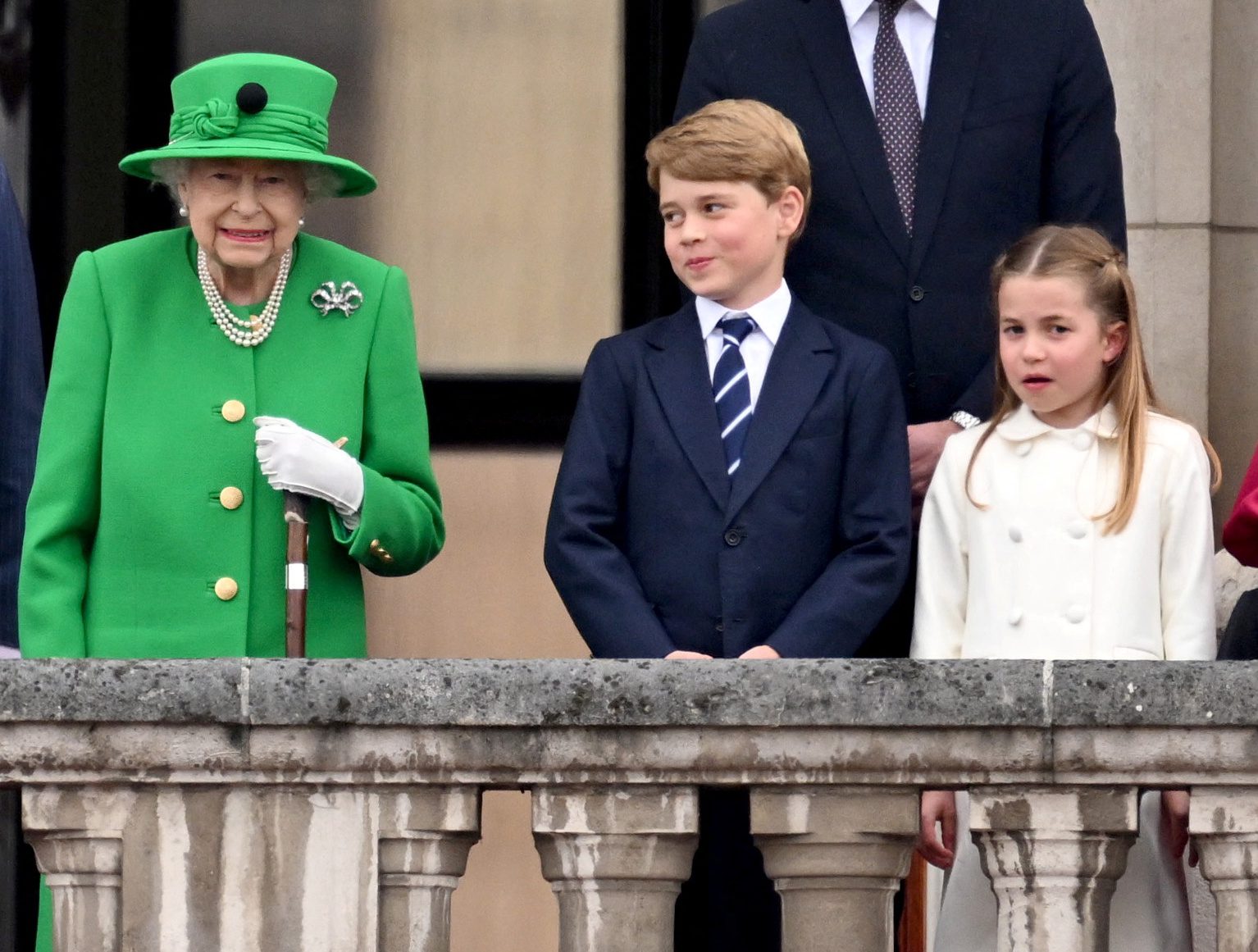
4. Prince Louis
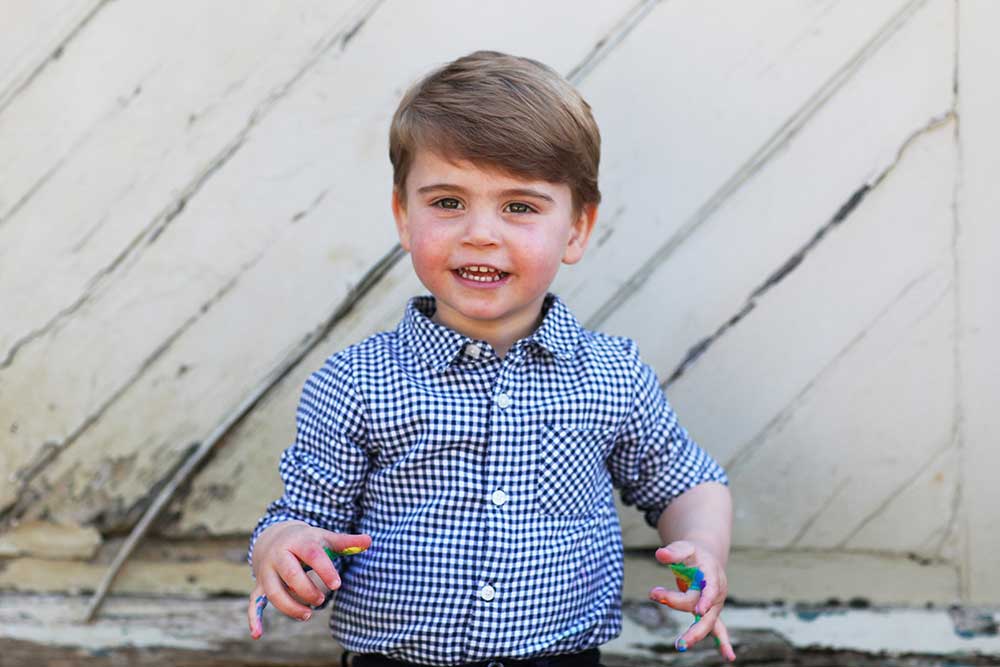
5. Prince Harry, The Duke of Sussex
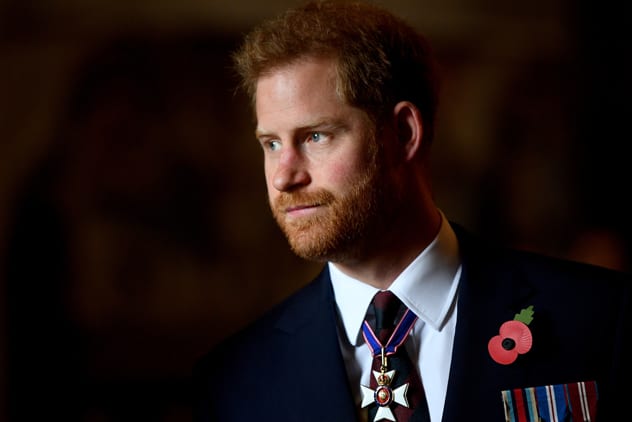
6. Prince Archie Mountbatten-Windsor
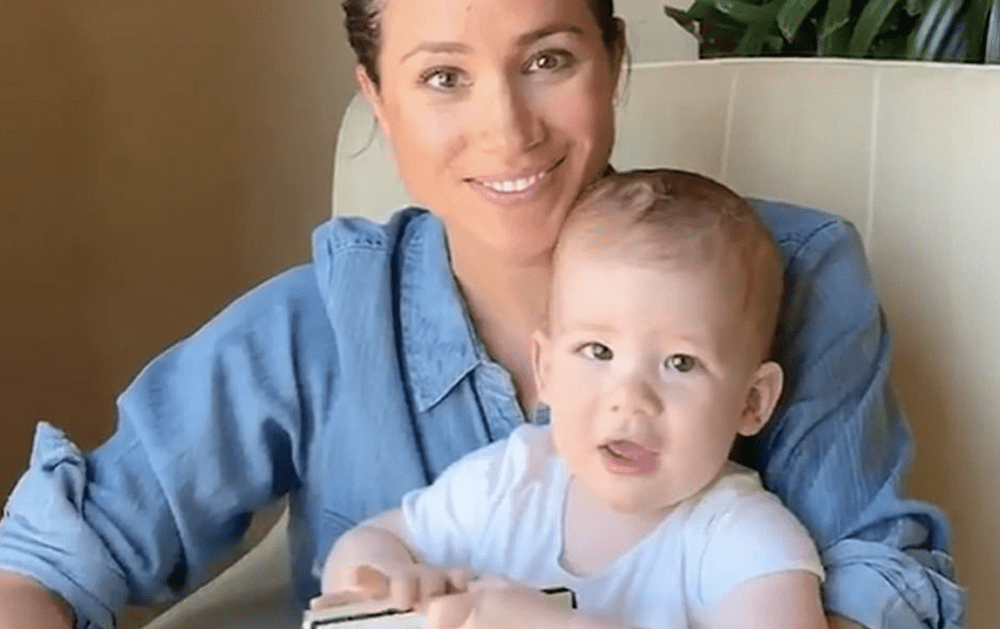
7. Princess Lilibet Diana Mountbatten-Windsor
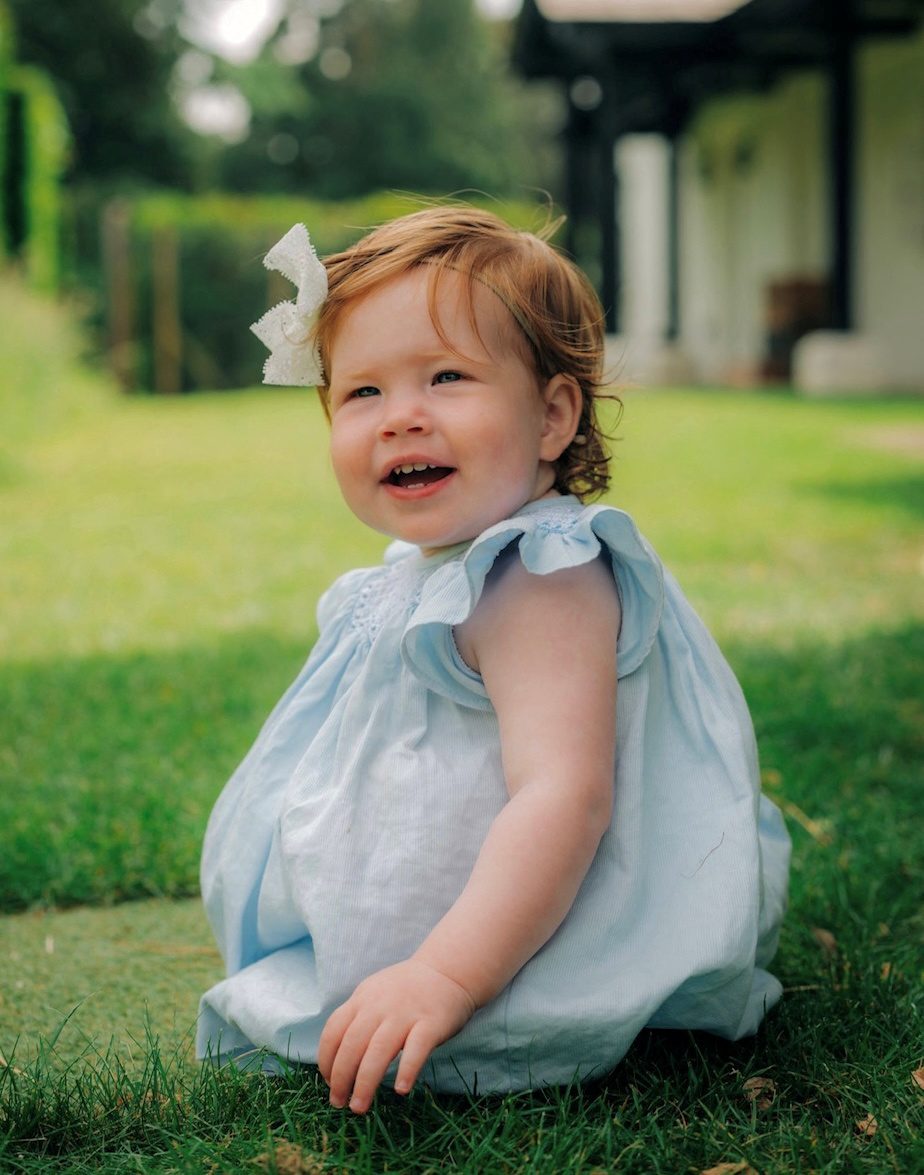
8. Prince Andrew, The Duke of York
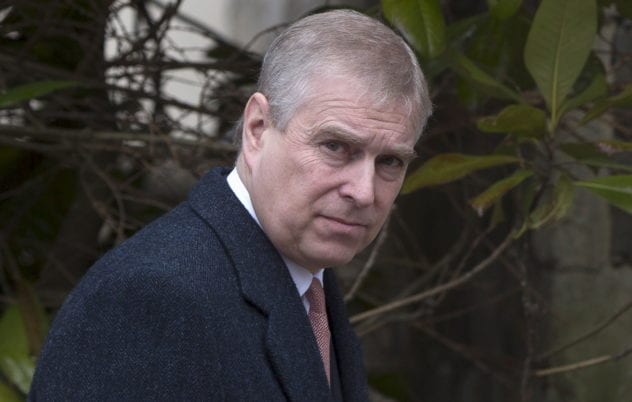
9. Princess Beatrice of York
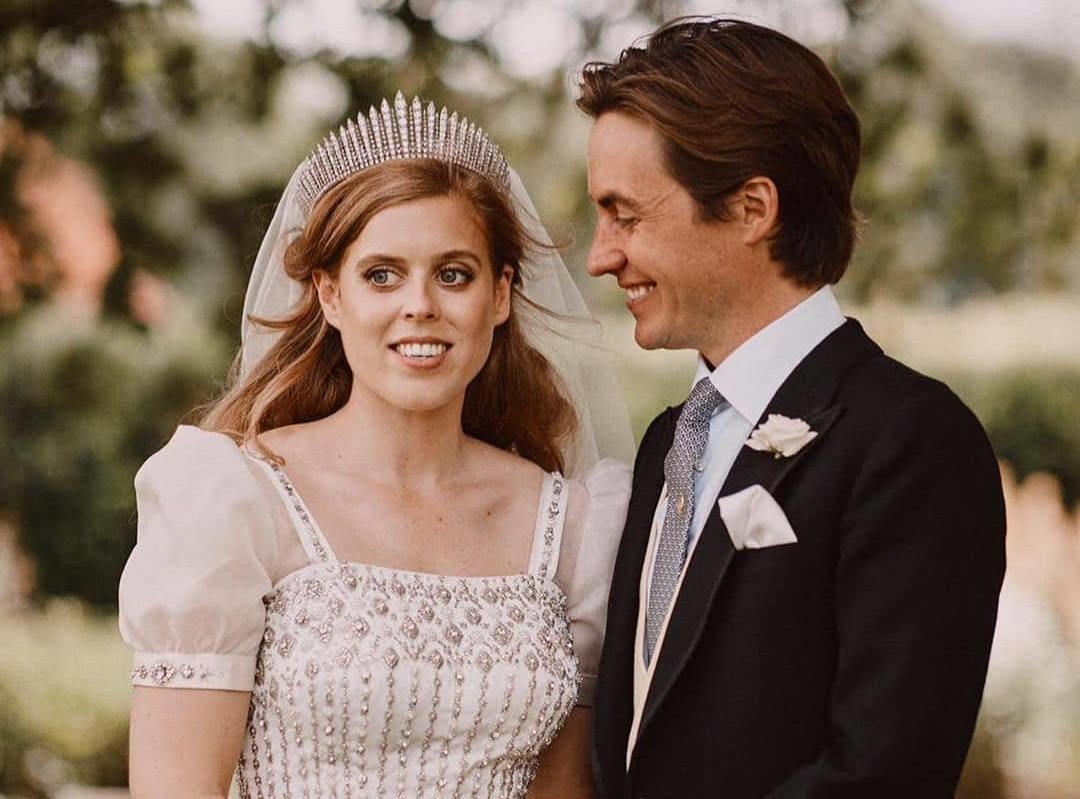
10. Princess Eugenie of York



